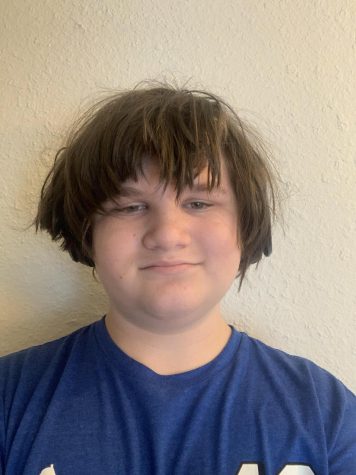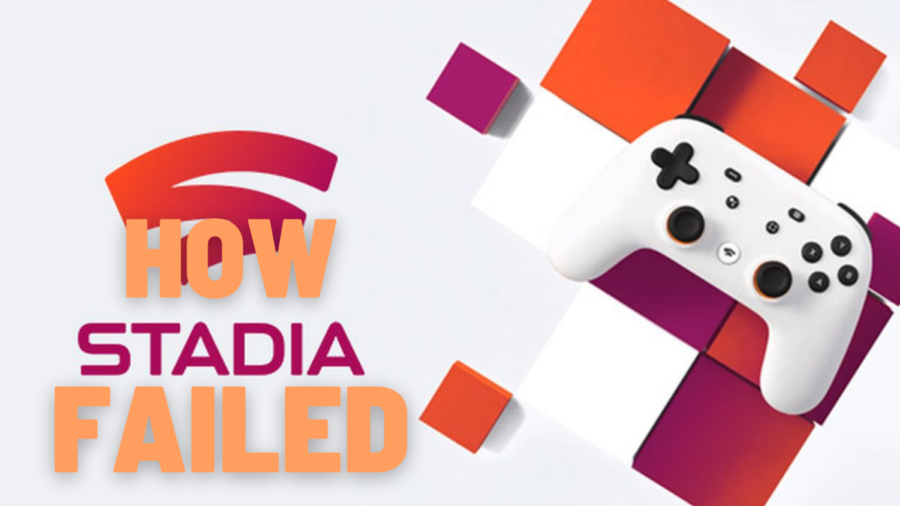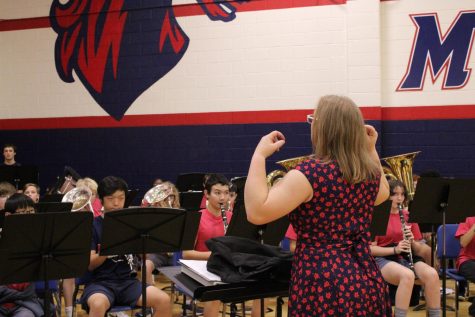How Stadia Failed
The “future of gaming” didn’t have a great future after all.
Stadia promised to be the future of gaming. A device which let you play console and PC games on your phone, TV, or computer, using the cloud. Well, it’s been over a year and Stadia hasn’t made much for itself. With the backing of the titan Google and a big ad campaign, how come no one wants to play Stadia?
What is Stadia?
Imagine Netflix or Disney+ but for gaming. That’s what Stadia was trying to be, and what they advertised it as. Well, turns out it’s not that simple. Stadia launched with tons of lag, which is not what you want at all when playing a single player game. Stadia tried being the next big thing, but they didn’t focus on making it work in the first place. Gaming is a lot different than streaming music or a movie, as you control everything in a game. So if you can’t have full control it can hinder the experience or straight up make games unplayable. For example, if you’re lagging in a fighting game, you have a severe disadvantage as you can’t react as fast as your opponent.
Why did Stadia fail?
One core reason: Stadia was built poorly. From customers receiving their orders late and the interface of the store being horrible, Stadia failed everywhere. Even the controller was just a basic controller that worked… fine. Nothing special. Nothing warranting 60 dollars at least. And the fact that you had to use a Chromecast to play on a TV made it a tough sell for the more hard-core gamers. I think something like Stadia can work, but it has to be done right. Microsoft is working on something similar, and hopefully it lasts longer than Stadia.
Conclusion
The reason this article isn’t called the fall of Stadia is because stadia never had a rise. From the launch it was not good, and it didn’t recover much. Stadia is just a sad story.
Got any comments, concerns or questions? Leave them in the comments. Or don’t.

Nathan Spector is a teenage student at CVMS. He has chickens, a turtle, a dog and a hamster. He also watches wrestling and play Overwatch. He also likes...





















